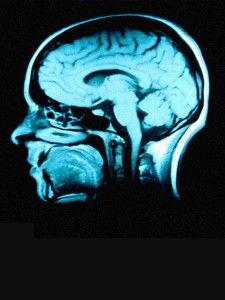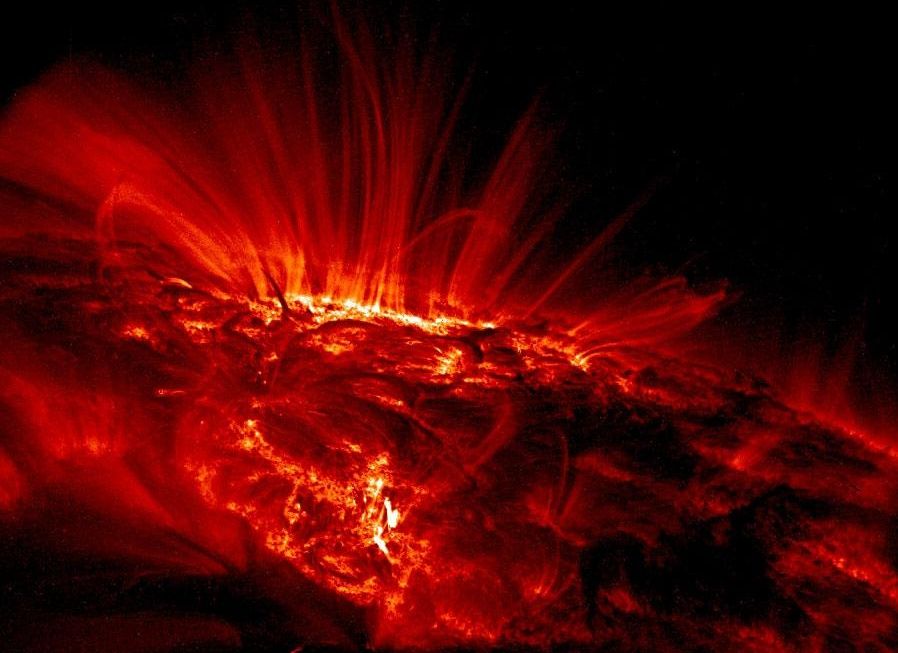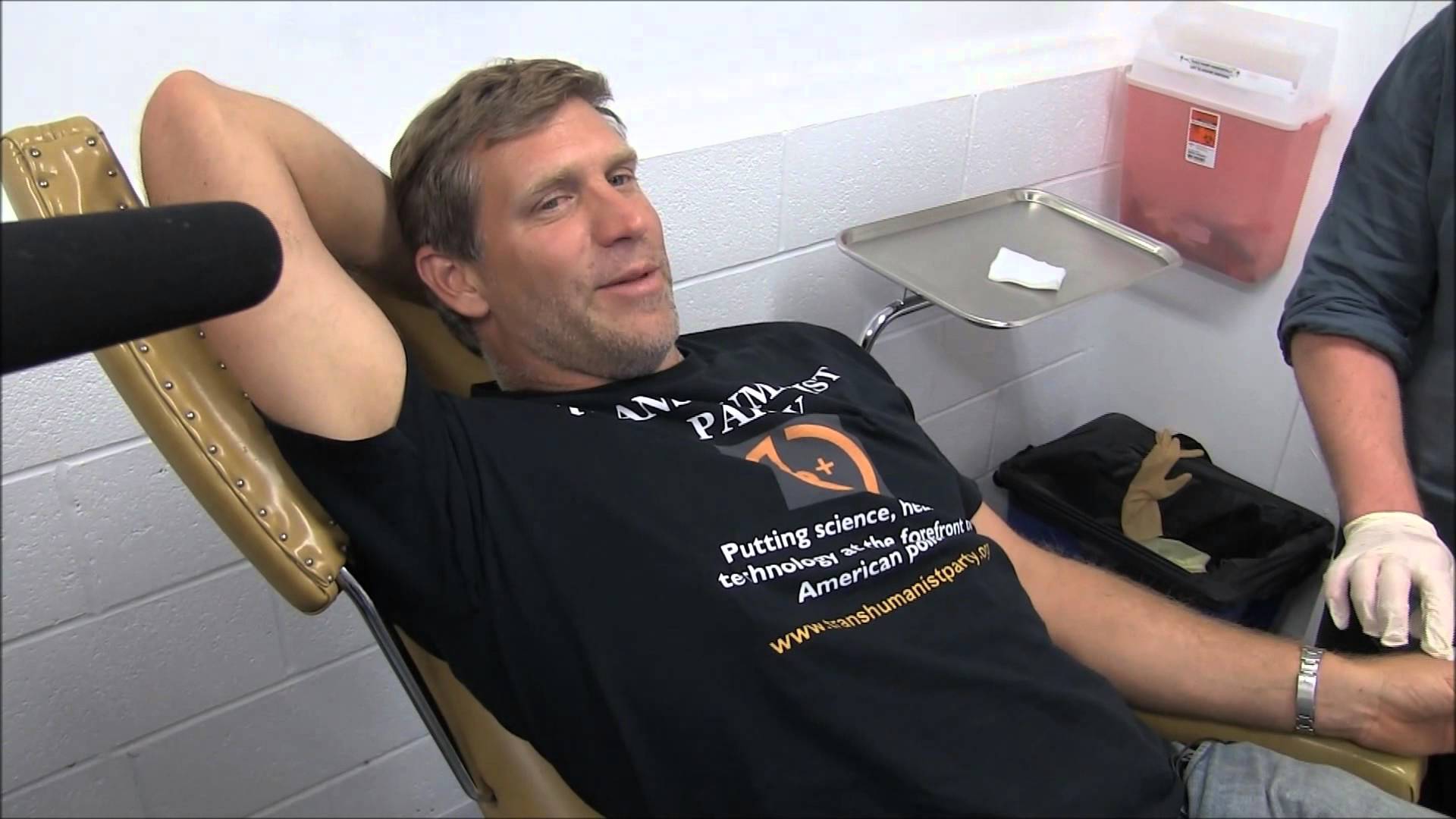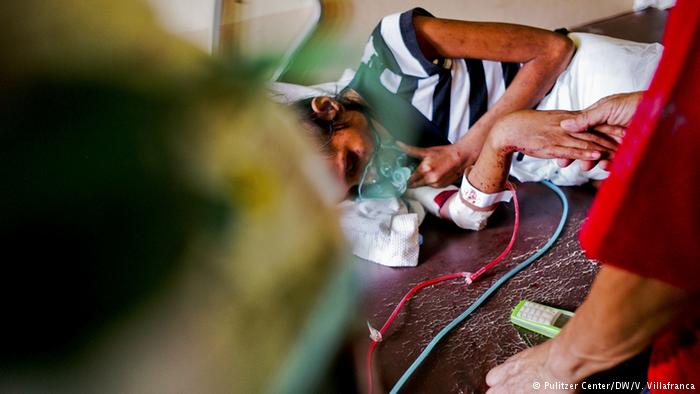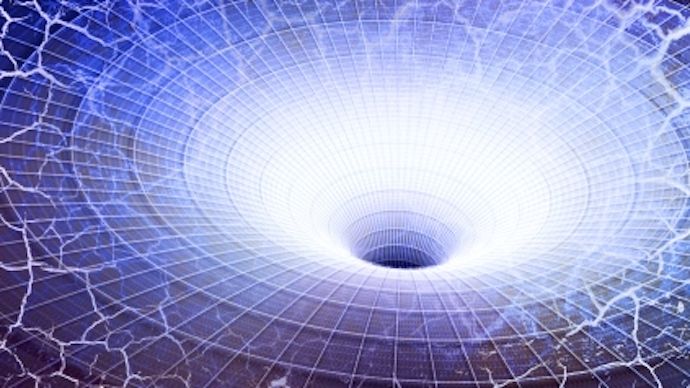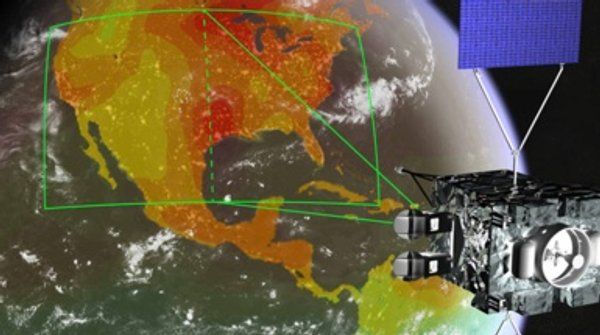Our current understanding of gravity is based on Albert Einstein’s general theory of relativity—a dated concept belonging to the realm of classical physics.
Modern scientists, however, are still struggling to quantize gravity—that is, describe it according to the principles of quantum mechanics.
This 83-year search is believed by many to be the deepest question in physics.
European and Canadian orbiters can work together to catch wayward emissions.
- By John Fialka, E&E News on March 9, 2018
MILAN (Reuters) — Italian energy company Eni will conduct research with the Massachusetts Institute of Technology (MIT) and invest in a company created by former MIT scientists to produce energy from nuclear fusion.
FILE PHOTO: Eni’s logo is seen in front of its headquarters in San Donato Milanese, near Milan, Italy, April 27, 2016. REUTERS/Stefano Rellandini/File Photo.
But designer babies, micro-pigs and fluorescent carrots get the thumbs-down, Royal Society survey finds.
Ian Sample Science editor.
There’s hope for a tastier, healthier, more robust tomorrow: high-tech new food preservation methods that fend off the bad stuff (bacteria, spoilage) while protecting the good (flavor, texture, nutrients). Scientists are experimenting with everything from microwave sterilization to blasts of plasma to ensure food stays appetizing longer—even without refrigeration. That salmon dinner you bought on Monday? It’ll taste just as fresh a week later. And it’ll be just as good for you.
Best for: Berries, nuts Scientists at Scotland’s University of Strathclyde pioneered a technique that bombards fluids with high-intensity blue light, which produces a form of oxygen that’s lethal to pathogens. It’s now being adapted for use on berries and other foods.
Best for: Eggs The USDA has developed a machine for eliminating salmonella in fresh eggs. Electrodes pulse radio frequency waves through the shells, targeting the space between the white and yolk where salmonella dwells.
